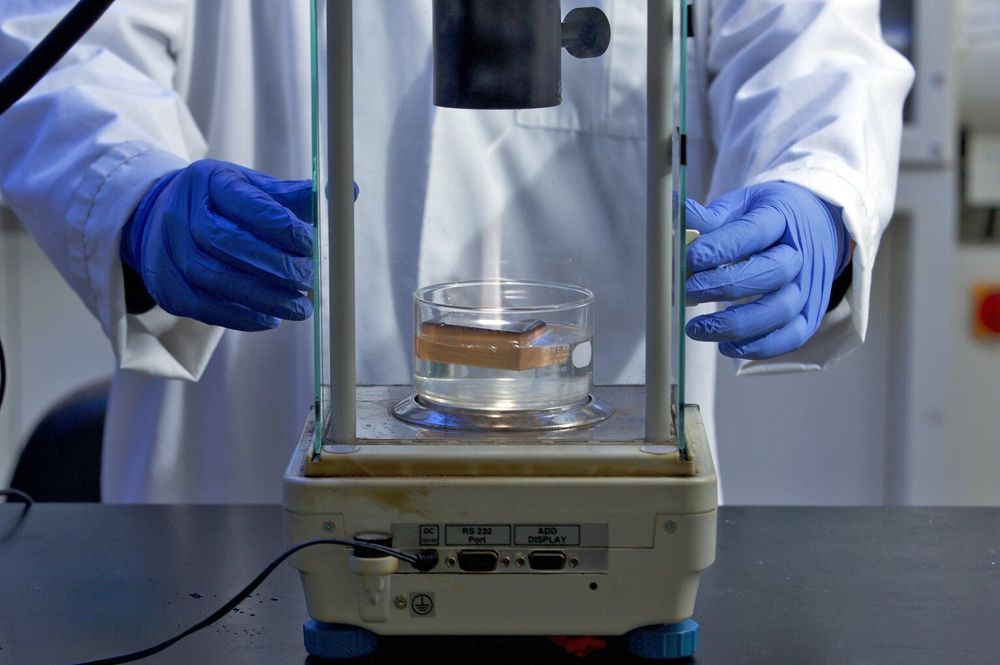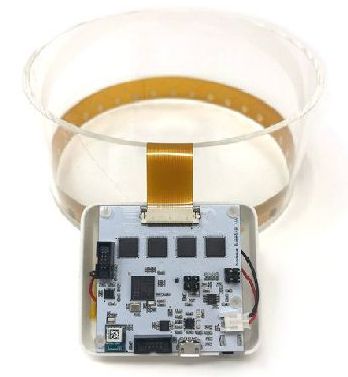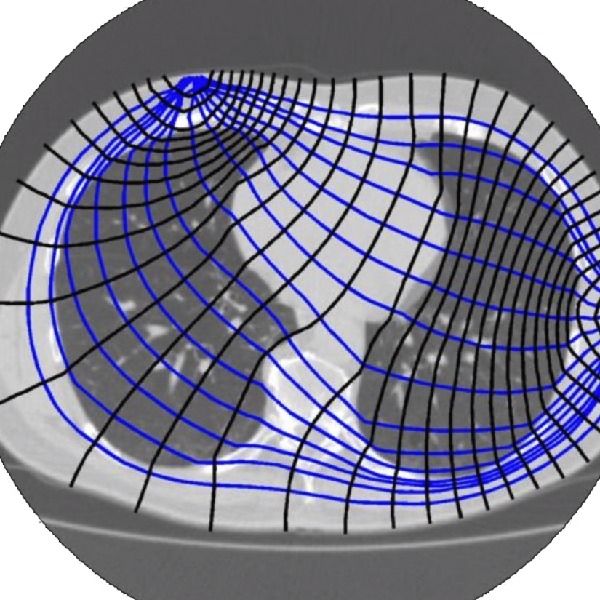 The global “Solid State Refrigerator” market is amongst the most encouraging markets. This global Solid State Refrigerator market is escalating at higher rates in terms of growth and development of innovative techniques on mounting customer selection. The Solid State Refrigerator market offers a vast stage for contenders Tellurex Corporation, Beijing Huimao Cooling Equipment Co., Ltd., Hicooltec, Thermion, Merit Technology Group, TE Technology, II-VI Incorporated, RMT Ltd., Micropelt, Laird, Custom Thermoelectric Inc., Phononic, Inc., Komatsu, Kreazone serving with great opportunities for expansion.
The global “Solid State Refrigerator” market is amongst the most encouraging markets. This global Solid State Refrigerator market is escalating at higher rates in terms of growth and development of innovative techniques on mounting customer selection. The Solid State Refrigerator market offers a vast stage for contenders Tellurex Corporation, Beijing Huimao Cooling Equipment Co., Ltd., Hicooltec, Thermion, Merit Technology Group, TE Technology, II-VI Incorporated, RMT Ltd., Micropelt, Laird, Custom Thermoelectric Inc., Phononic, Inc., Komatsu, Kreazone serving with great opportunities for expansion.
Free Request Sample is Available Solid State Refrigerator Market Report @ www.marketresearchstore.com/report/global-solid-state-refrig…uestSample
Also, the global Solid State Refrigerator report offers forecast details assumed with the support of an appropriate set of assumptions and methodologies. The market report provides information on the global Solid State Refrigerator market relating to the geographical region. Moreover, the Solid State Refrigerator report also provides brief information about the leading key players at a global level, which precisely includes industry profiles, market shareholdings, product features, and trade.






